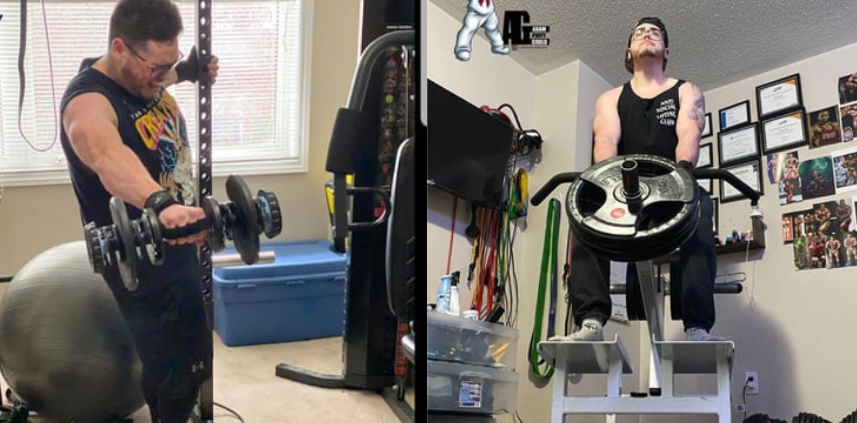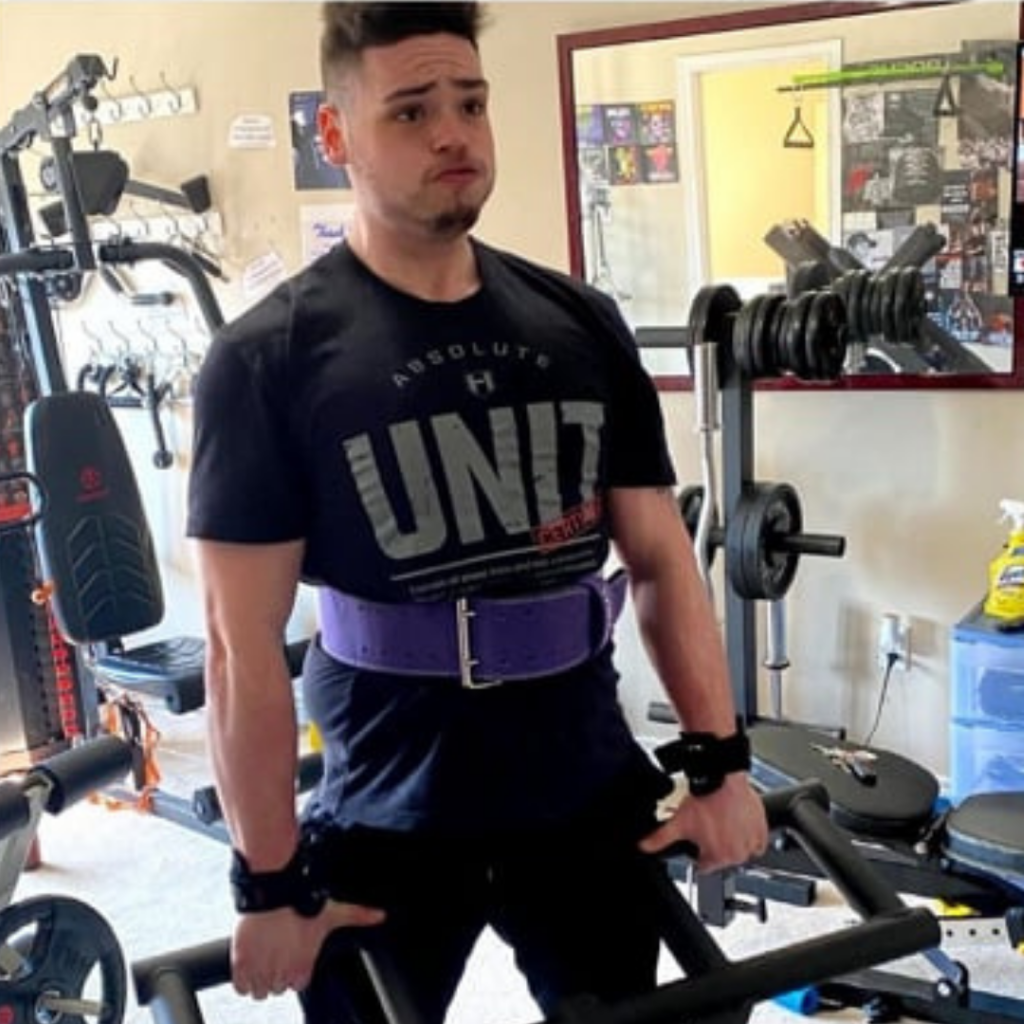Personal Trainer For Muscle Building - Puffy Got Buffy
Have you been looking for a personal trainer for muscle building? Look no further because I’m your guy. I believe that everyone has a purpose in life, and as a trainer, it is my goal to help you realize your potential by reaching muscle-building goals. With me, muscle building and weight lifting is my passion, and I feel nothing but pure joy when I see a client who is happy with their progress. As a muscle-building trainer, I pride myself on taking a balanced approach that combines fitness, nutrition, and mobility training. So whether you need help with planning out your meals, structuring your workouts, or recovering with stretches, I am here to help you. Having lost more than 150 pounds myself while building a muscular physique, as well as having helped countless clients achieve their muscle-building goals, I am your trainer of choice, and I’m ready to help you succeed in the world of muscle gain and fitness.


How Can I Help You Build Muscle?
As an experienced trainer, I specialize in helping clients build muscle with a balanced approach to fitness. As a trainer, I pride myself on providing mass-building workout programs designed to recruit as many muscle fibers as possible during your training session for maximum growth potential. With my training, I focus on prioritizing the compound lifts and the appropriate intensity in which you can train. In addition to your training regime, I also strive to provide you with the proper diet to put you in a caloric surplus which is designed to help you maximize muscle growth and recovery. As your trainer, I will be there with you every step of the way. I will continuously make necessary adjustments to ensure that you continually progress without any halts to your transformational journey.
How Long Does Muscle Growth Take?
When it comes to the rate of muscle growth, this factor is entirely dependent on the trainee. Likewise, factors that influence the length of time muscle growth takes place depend on your prior experience with weight lifting, your diet, your sleep habits/recovery, and your ability to progressively overload over time. However, you should expect to see some muscle hypertrophy after 12 weeks of consistent training and dieting.


What is the Best Way to Build Muscle?
In order to build muscle, it is critical to challenge your body progressively to give it a reason to grow. When you work out, you go through a process of breaking down your muscle fibers. After the session, your body uses all the resources you give it to recover and become stronger so that it can adapt to your training regime. One of the key components of building muscle is eating at a caloric surplus. A regulated calorie surplus is essential to put on size progressively over time without also overdoing it and gaining fat in the process. In addition to eating at a caloric surplus, your training is also a key component of your muscle growth. If the stimulus of your training is not challenging enough, it will not elicit or provide your muscles a reason to grow. As a result, progressively overloading your exercises over time should always be the goal. Whether that be adding more weight, doing more reps or sets, changing the tempo, or reducing rest time in between sets, there are numerous ways to make the same exercise more challenging than last time. Lastly, at the end of the day getting between 7-9 hours of sleep is critical to maximizing recovery so that you can get back to the gym and repeat the process once again. All in all, muscle growth is a combination of prolonged consistency with training hard at the gym, eating at a surplus at home, and recovering post-workout to get yourself ready for the next training session.
How Can I Start Training With You?
All in all, as your dedicated personal trainer for building muscle, it is my goal to create a safe space for all my clients. At the end of the day, I work hard to build relationships with all my clients because I genuinely care about their success. As someone who is grateful to have had someone believe in me, I want to return the favor to others by giving them the utmost reassurance that I am here and ready to help you achieve your training goals. Having said that, if you are prepared to get started with personal training, book a time to call me on calendly or give me a call at 647-705-6715. Let’s crush your muscle-building goals together!
Additional Info: Personal Trainer For Muscle Building
- Yes and no. When you first gain strength when weight lifting, this is more often than not a result of your neuromuscular system getting more efficient at performing the exercise movement. As a result, you could be getting stronger but not necessarily bigger because the only factor that has changed is your neurons’ ability to recruit muscle fibers to perform an exercise easier. Despite this, with continuous training and progressive overload, eventually, your body will have to resort to getting bigger to cope with the increasing workload.
- More often than not, many people may go overboard with their calorie intake in an attempt to put on the size as fast as possible. However, the reality is that your body is only capable of putting on a certain amount of muscle mass every month. Therefore, when you exceed the number of calories your body requires, the only thing you are doing to yourself is putting on excess fat. As a result, when working with me, I will help you determine your ideal number of calories to put you in a surplus while ensuring that you are set up in the best possible way to achieve your macro and micronutrient requirements quickly. More often than not, however, the body typically only needs 300-500 calories above your maintenance to be put in a caloric surplus.
- When it comes to progressive overload, there are multiple ways you can take an exercise to make it more challenging in order to challenge yourself and elicit new muscle growth continuously. Some of the most common ways to apply the concept of progressive overload include:
- Increasing the weight of resistance that you are training with
- Increasing the number of repetitions and sets
- Reducing the amount of rest between sets
- Slowing down the tempo of your exercises to maximize time under tension

